Millbrook Proving Ground, one of the UK’s premier car testing sites, very nearly wasn’t in Millbrook. In the 1960s, Vauxhall’s owner, General Motors, wanted a vehicle testing facility in the UK, inspired by its historic Milford proving ground in America, right down to a similar mix of flat tracks and hills: 600 flat acres, 200 hilly ones. Vauxhall searched long and hard and found only three really suitable locations, two of which were in Wales and one in Scotland. Air-freighting cars to Scotland was thought too much of a faff, so one of the Welsh sites was selected. Until, that is, during detail planning, two farms came up for sale next to each other about five miles south of Bedford, between the villages of Millbrook and Marston Moretaine.
It was bigger than Vauxhall needed and two million tonnes of earth would need moving to sculpt the hills exactly to shape, but it was also just up the road from Vauxhall’s headquarters in Luton. Work started in 1968 and in 1970 – 50 years ago – the GM-owned Millbrook Proving Ground opened.
The early-1970s Victor FE that you see here was one of the first Vauxhalls developed at the site. The other car is the current Astra, one of the very latest Vauxhalls to have graduated from Millbrook. Which, via being a subsidiary of GM-owned Lotus in the 1980s and then a part of GM Holdings, is today a fully independent business with subsidiaries of its own – the frozen Test World winter-testing centre in Finland and Leyland Technical Centre in Lancashire.

While neither Millbrook nor Vauxhall is owned by GM any more, the German engineers from Opel/Vauxhall used to like fine-tuning ride and handling in the UK and until recently kept a unit at Millbrook for the purpose.
How far have the cars developed at Millbrook come in the past half-century? It has been a while since I drove a near-50-year-old car (my own doesn’t work), but Autocar road tested this mechanical specification of Victor in period, with ‘fifth wheel’ timing gear strapped to the back for obtaining performance figures.

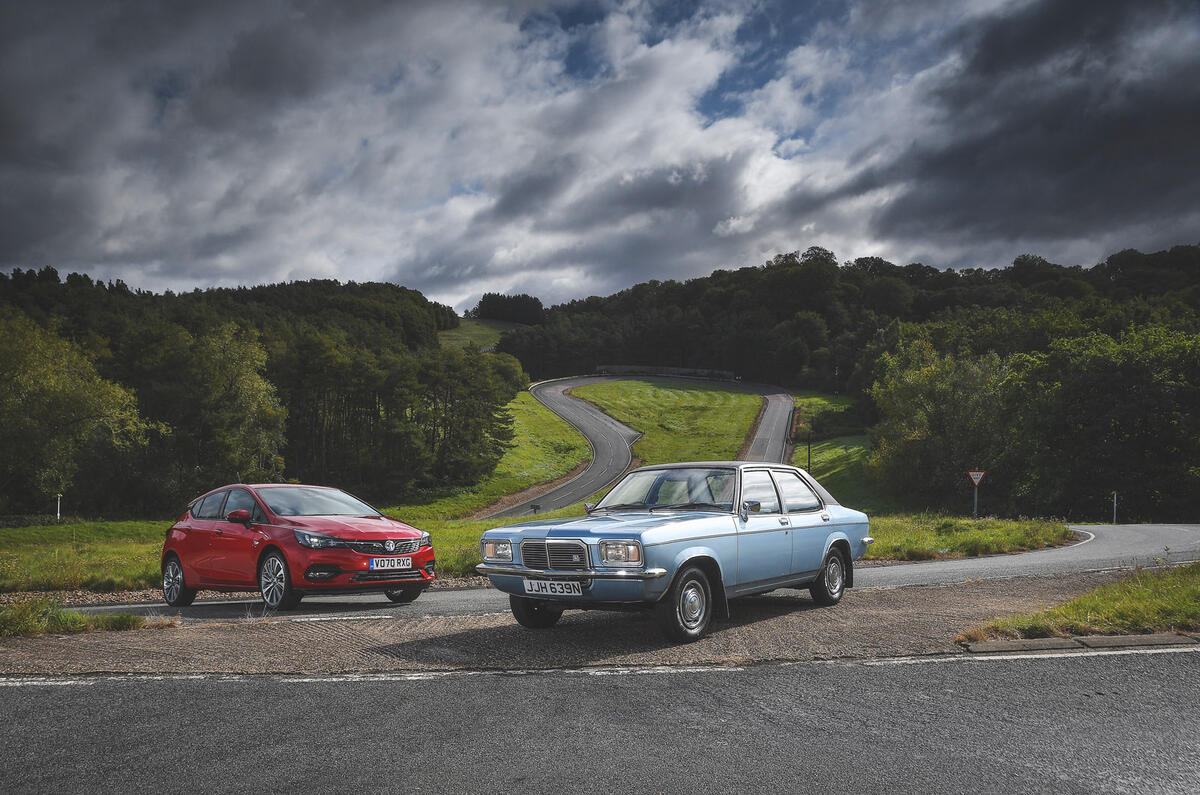



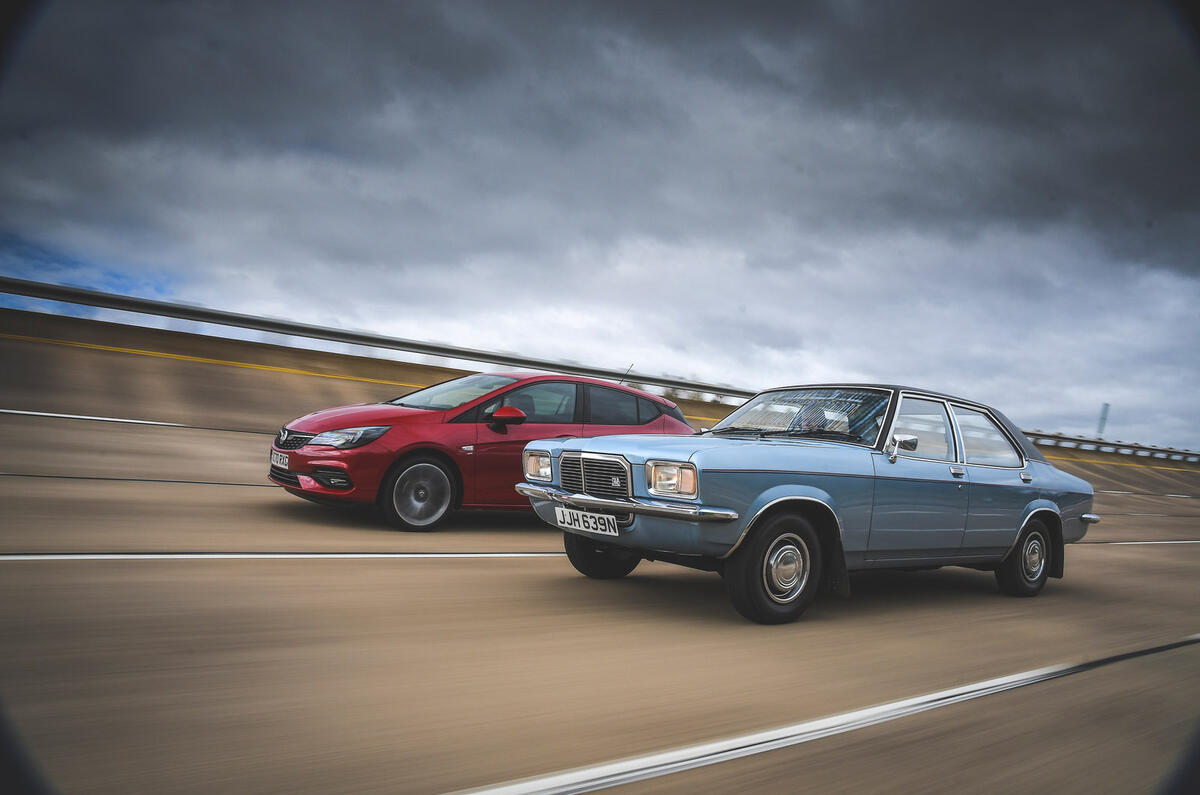
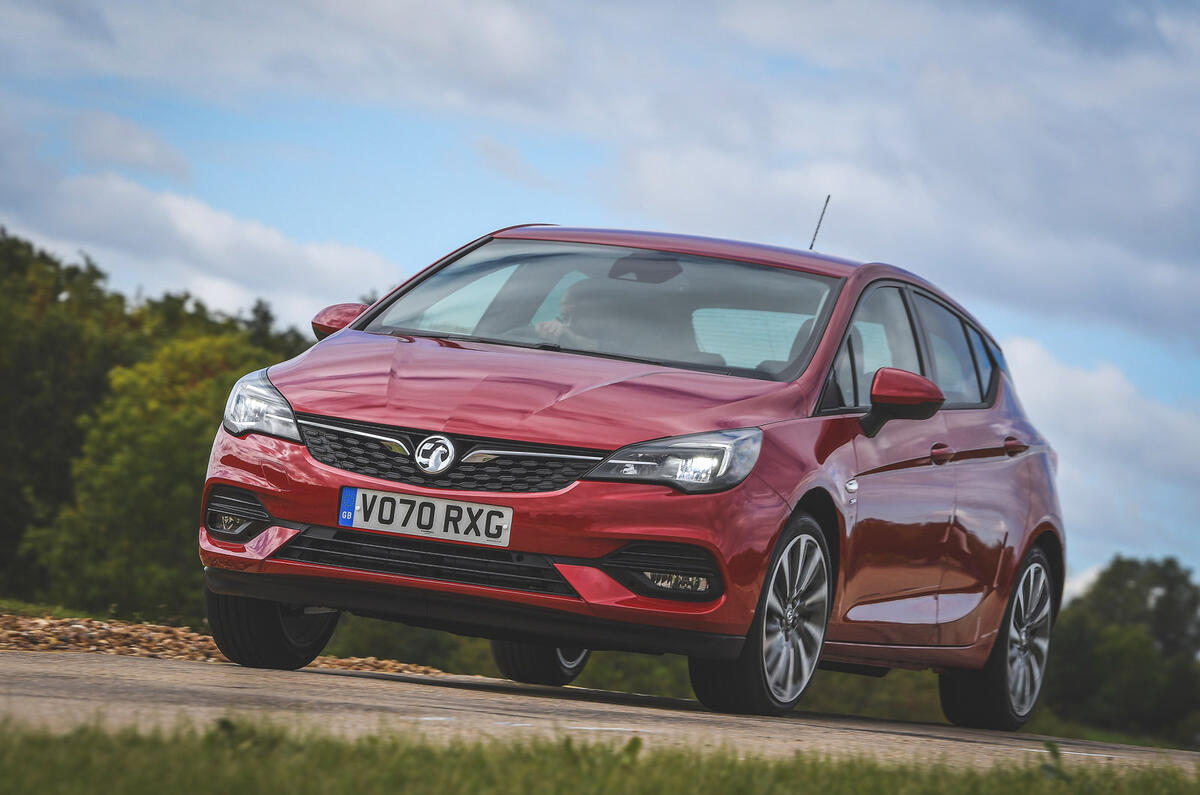







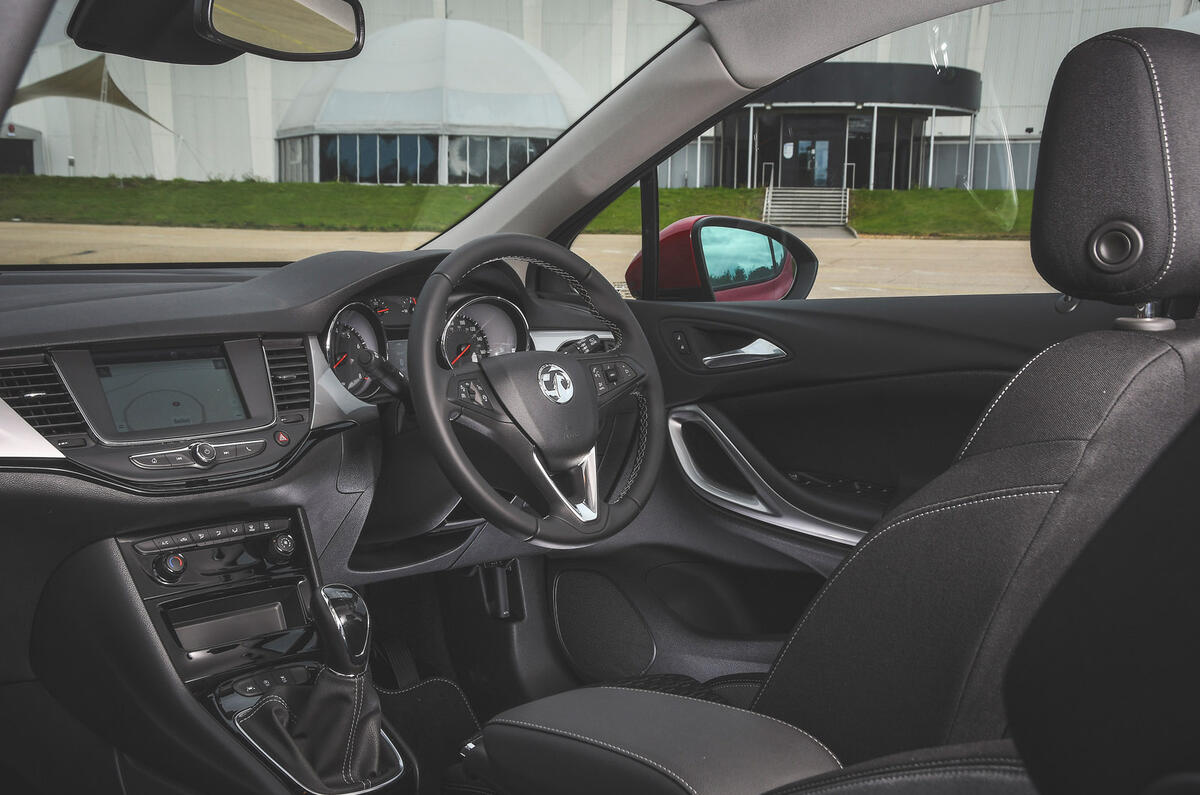
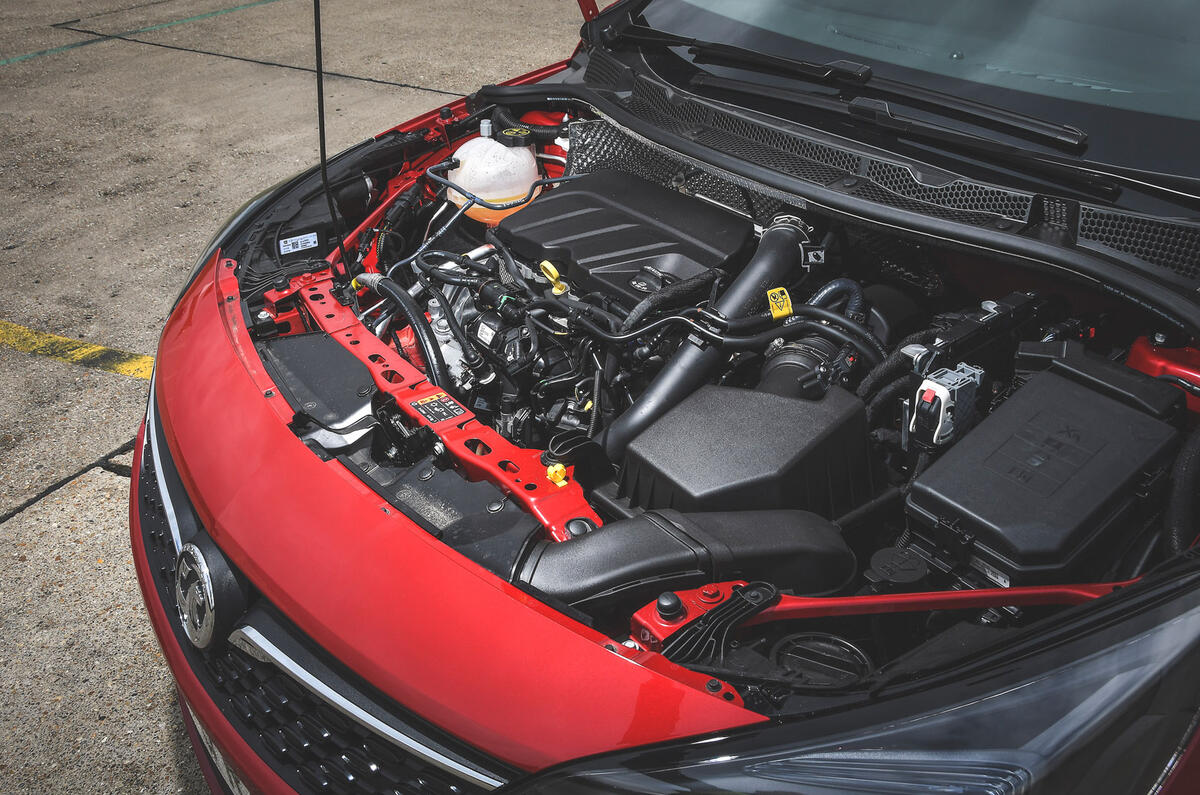


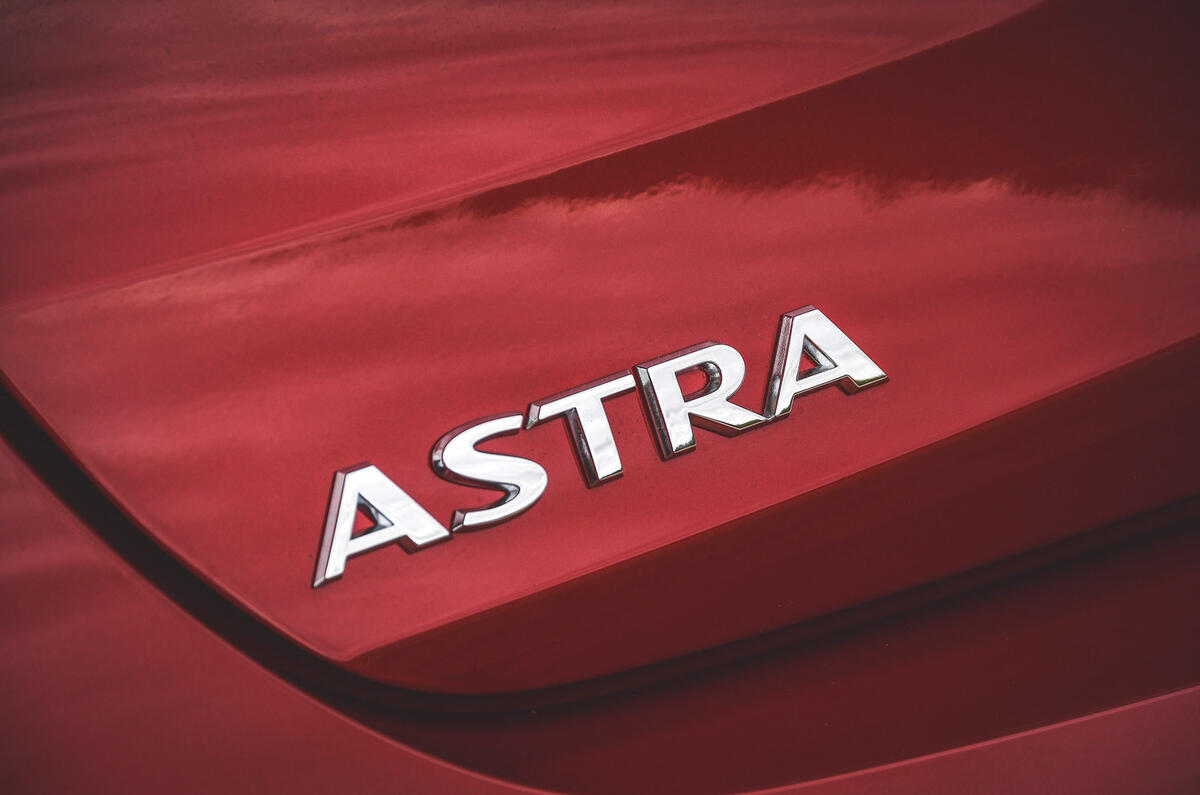
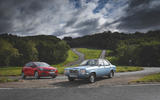


























Join the debate
Add your comment
The venerable Victor most definitely wasn't a "big family car" ... its 4.54m length equates to less than 14ft 11in, putting it firmly in the same medium-sized sector as the Cortina. Vauxhall's large car half a century ago was the Cresta PC; my brother owned a gorgeous maroon one in the late '80s. Sadly its 3.3 litre straight six proved too much for the twisty lanes of Somerset and he wrote the car off in a messy confrontation with a stone gatepost.
And who, except an ill-informed Autocar hack, could be "surprised" that the little Astra is shorter than a medium-sized car? Duh!
(In the same way, Ford's Consul/MK1 Granada is a car that now enjoys a coolness that today's Mondeo will never have).
For those of us from certain generations of the past, we see a Victor or Consul/Granada in modern traffic, and chances are, we'll stare more than if it was a modern 911!
Turn up to a party in a Victor/Consul/Granada and people will be impressed (in part that it actually made it!), but brace yourself for the words of Princess Leia: "You came in that thing?.....You're braver than I thought!"
Were they great cars: "back in the day"? - No, not really. The great thing is though, you don't have to be great, to be cool!